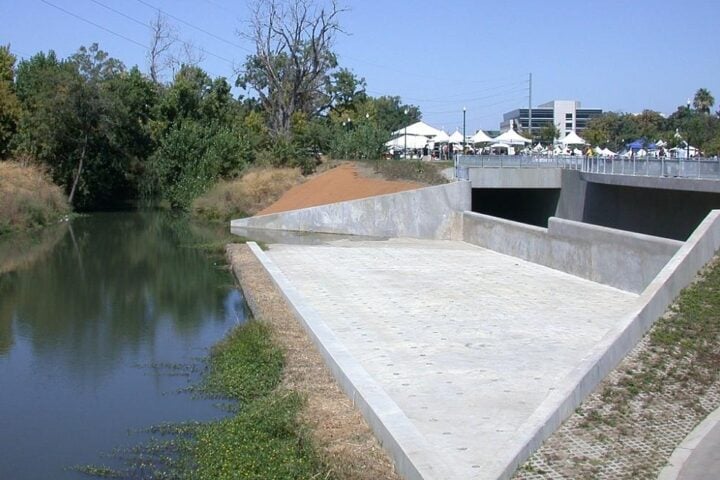Astronomer István Szapudi from the University of Hawaiʻi Institute for Astronomy has proposed new idea to fight climate change: a solar shield tied to a captured asteroid. By shading the Earth from a fraction of the Sun’s light, the solar shield aims to reduce solar radiation by 1.7%, a crucial estimate to prevent disastrous global temperature rises. Previous attempts at implementing a solar shield were deemed unfeasible due to the enormous weight and cost of materials needed to withstand solar radiation pressure and gravitational forces.
Szapudi’s concept involves utilizing a tethered counterweight, significantly reducing the overall mass of the project by over 100 times compared to prior designs. Instead of launching the entire mass from Earth, which is both impractical and extremely expensive, Szapudi proposes using a captured asteroid as the counterweight. The shield itself, constituting only 1% of the total weight, or approximately 35,000 tons, would be the only portion needing to be launched from Earth. The remaining 99% of the total mass would be asteroids or lunar dust, drastically reducing the amount of mass we need to launch from Earth.
This novel approach, though still challenging with current launch capabilities, is now within the realm of possibility with existing technology, a significant advancement over previous concepts. A critical element of this proposal is the development of a lightweight but robust graphene tether to connect the shield to the asteroid, an essential factor in making this innovative concept a reality. Szapudi’s tethered solar shield concept brings the idea of solar radiation management a step closer to being achievable, providing a beacon of hope in the battle against climate change.
Placing the tethered counterbalance towards the Sun would result in a reduction of the shield and counterweight’s total mass to approximately 3.5 million tons, a hundred times less than the previous untethered shield estimates. Though the project would weigh 3.5 million tons, it’s still lighter than past similar proposals, showing the promise of this inventive approach Current rocket capabilities can lift approximately 50 tons into low-Earth orbit, which presents a logistical challenge that needs to be overcome for the successful deployment of Szapudi’s solar shield. Szapudi’s research proposes that further reductions in the shield’s weight could be achieved with the development of newer, lighter materials.
Similar Post
Szapudi was inspired by the everyday use of umbrellas in Hawaiʻi to block sunlight, prompting him to ponder the application of the same principle on a global scale to mitigate the imminent threat of climate change. The shield would be placed at the L1 Lagrangian point, an area of gravitational equilibrium between the Earth and the Sun, minimizing the need for adjustments to maintain its position. The L1 Lagrangian point is a perfect spot to station a solar shield, given that it lies directly between Earth and the Sun.
“In Hawaiʻi, many use an umbrella to block the sunlight as they walk about during the day. I was thinking, could we do the same for Earth and thereby mitigate the impending catastrophe of climate change?”
- István Szapudi, Astronomer at the University of Hawaiʻi Institute for Astronomy,
The proposed shield is not only expected to be faster and cheaper to realize than a heavier structure but could eventually serve as a solar energy source for Earth or solar system exploration. While blocking around 1-2% of sunshine would be enough to cool the planet, Szapudi suggests a more cautious approach would involve using historical data and scaling down the light reduction to as little as 0.24% initially. The design of Szapudi’s solar shield would also need to be easily reversible to adapt to future requirements and adjustments in climate strategy.
The research was published in a scientific journal on July 31, and it has drawn a lot of attention from the scientific world. The pursuit of developing this solar shield contributes to the diverse portfolio of strategies under exploration by scientists to protect our planet from escalating climate change effects. With ongoing research and development, the tethered solar shield could potentially be implemented within a few decades, just in time to mitigate catastrophic climate impacts.
Szapudi’s concept not only challenges conventional approaches to solar radiation management but also provides an innovative solution that could play a crucial role in Earth’s future climate resilience. Despite the formidable challenges it presents, the novel concept of a tethered solar shield is being taken seriously due to the urgency of mitigating climate change. Szapudi’s proposal, although still in its theoretical phase, stands out as a potential solution to a problem that requires both immediate attention and long-term planning. The potential success of this project could highlight human creativity and the use of advanced technology to tackle major global problems.


















